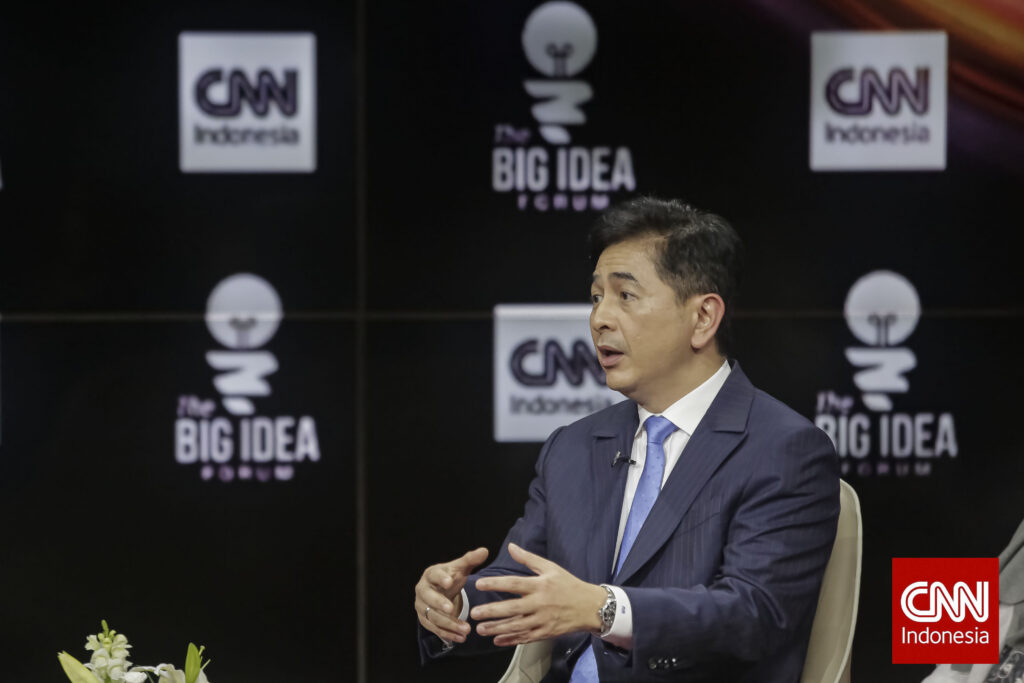20 years ago, on December 26, 2004, the coastal areas of Aceh, North Sumatra, were struck by a devastating tsunami. The trigger was a megathrust earthquake caused by a 9.1–9.3 magnitude event, which resulted from the collision of the Indo-Australian and Eurasian tectonic plates about 250 km off the coast of the Indian Ocean.
A tsunami with a height of 30 meters was inevitable. With such a rapid occurrence, Aceh, being the frontline of the Indian Ocean, was the most severely affected region. Around 230,000 lives were lost, with half of them being people from Aceh’s coastal communities. The rest were victims from neighboring countries, such as India, Thailand, the Philippines, Sri Lanka, and the Maldives.
Although experts had predicted a megathrust would occur, the disaster was still shocking and left a deep scar in the history of the Earth’s “Serambi Mekah” (Vestibule of Mecca). Many lost loved ones, and countless homes and livelihoods were destroyed. Aceh’s economy plunged sharply, and the future seemed unpredictable.
“We were involved in the post-disaster recovery process, collaborating with various parties to distribute logistics, aid, and medical assistance, even to the most remote areas,” recalls Arsjad Rasjid, Founder & Chair of the 5P Global Movement.
The Aceh disaster exemplified humanity coming together. A region that had previously been plagued by horizontal conflict—under the threat of the Free Aceh Movement (GAM)—experienced an immediate turning point. The conflict was resolved through the Helsinki Agreement, and peace, as a prerequisite for progress, was achieved.
With the support of various parties (partnerships), Aceh gradually recovered and became a more advanced region: new settlements, infrastructure, and of course, new economic centers. The people rebuilt their lives and regained prosperity.
“After the disaster struck, the global aftershock was humanity. The spirit of mutual cooperation to restore Aceh was reflected in the numerous aid that came from friendly nations, both material and moral,” explains Arsjad.
It has been 20 years since the Aceh tsunami. An important focus moving forward is disaster mitigation, particularly in response to two major crises the world faces today: dehumanization caused by humanitarian conflicts and the environmental crisis.
Wars affecting many countries have caused countless casualties. The climate crisis has been felt by parts of the global population. Many countries have experienced droughts, famines, deadly heat, and floods in cities where such events had never occurred before.
Climate change is also altering ecosystems, threatening the extinction of plants and animals, and ultimately, the Earth may stop providing life to all parties.

“We need to bring the values of 5P holistically into every dimension of life to prevent tsunamis, whether on land or at sea,” said Arsjad.
“We will continue collaborating with various international parties to pursue peace and the movement to save the Earth for a better future,” he emphasized.
This is also why the 5P Global Movement exists. There must be a collective movement based on peace, prosperity, people, planet, and partnership for a better world.




